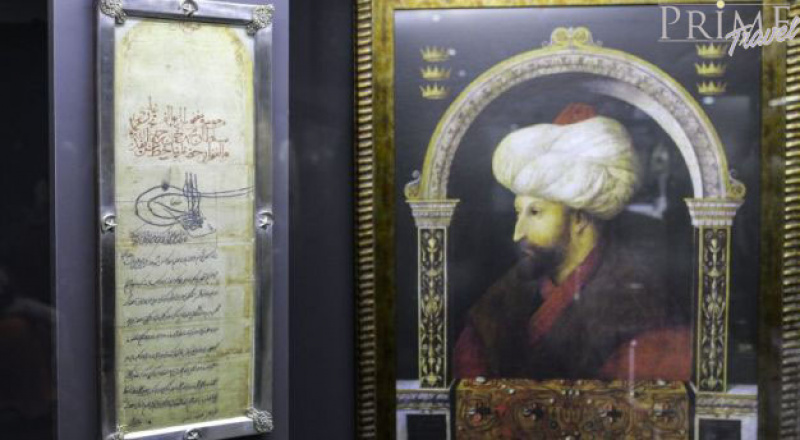
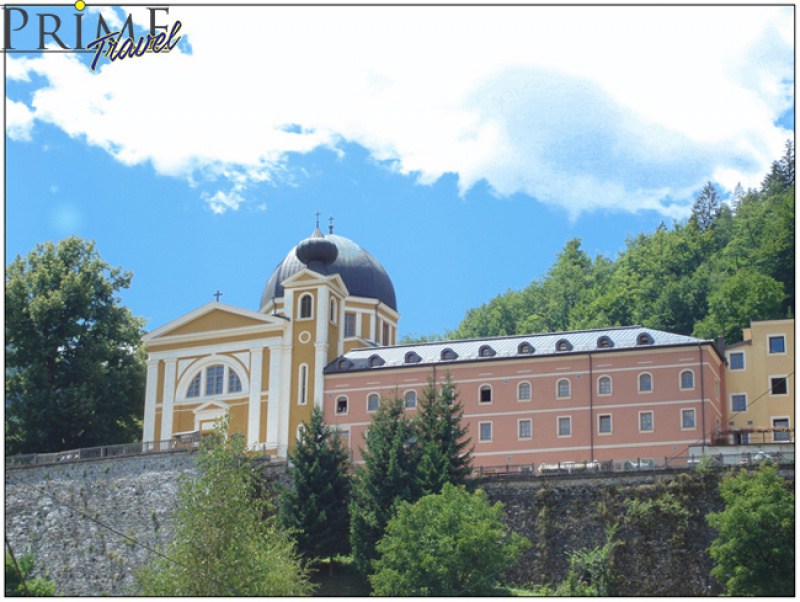
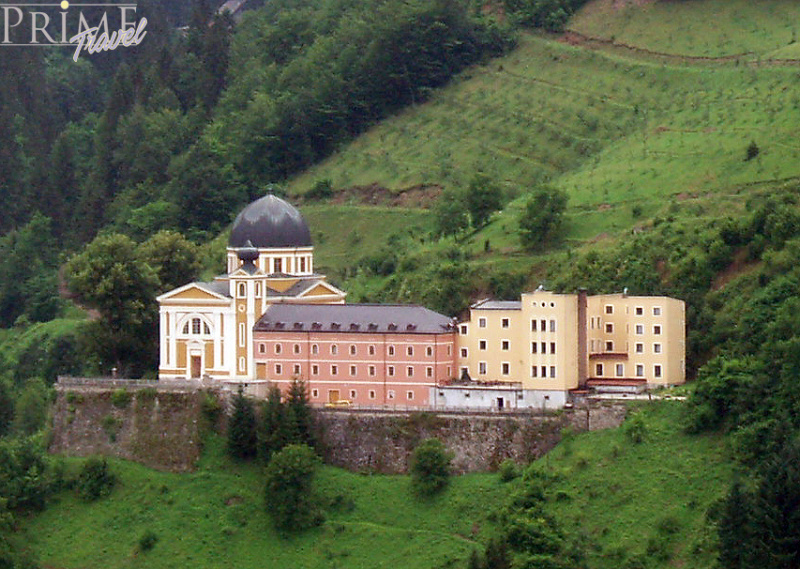
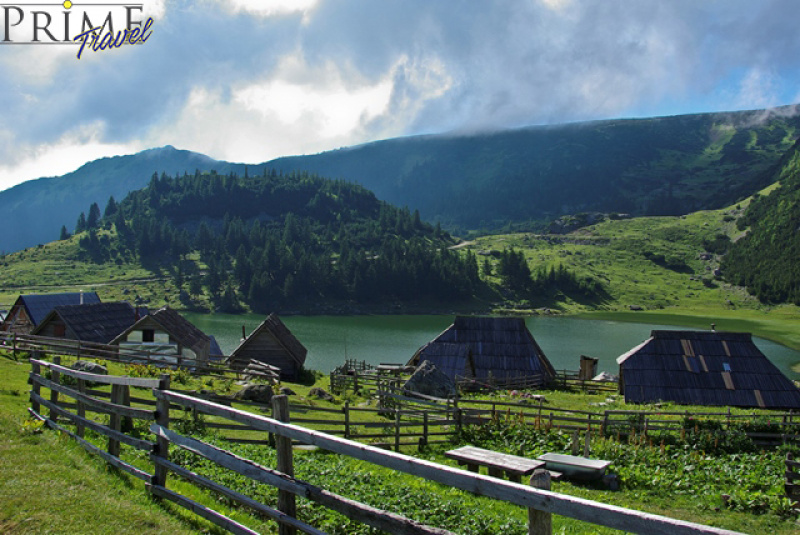
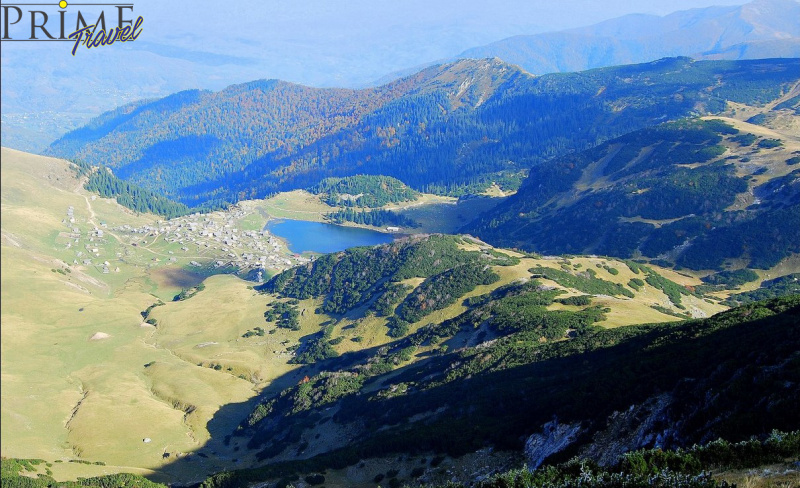
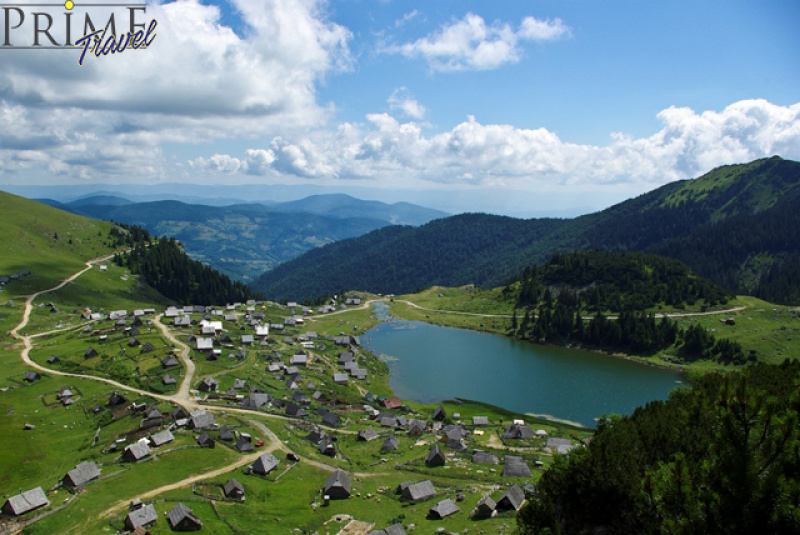
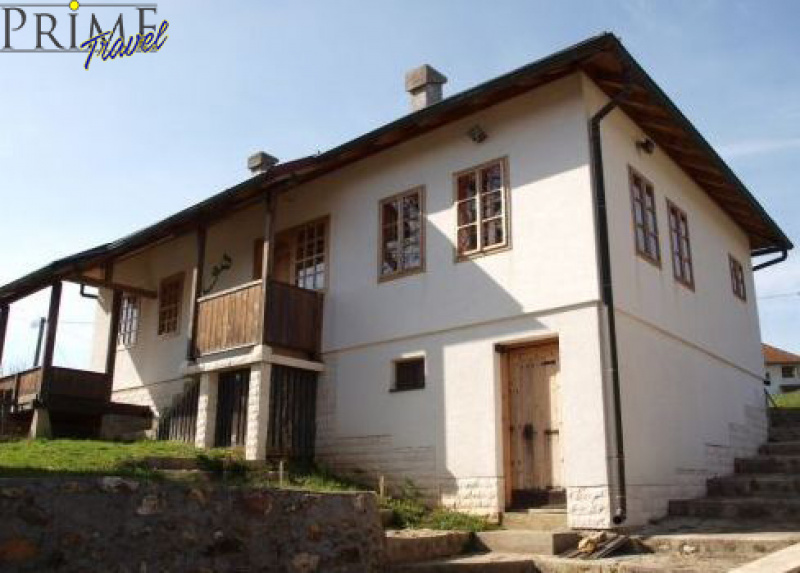
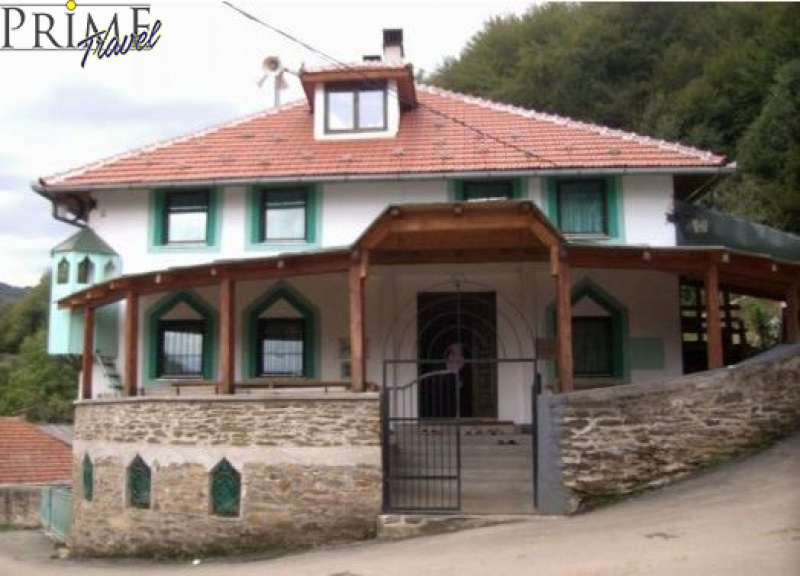
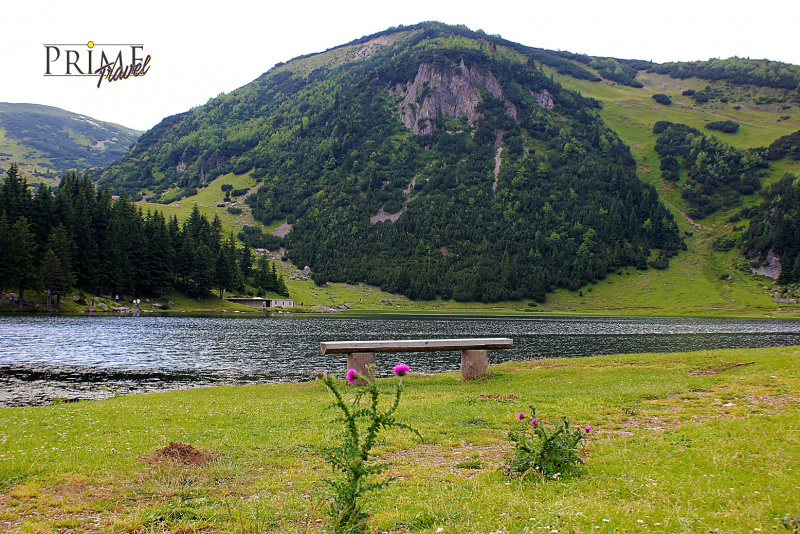
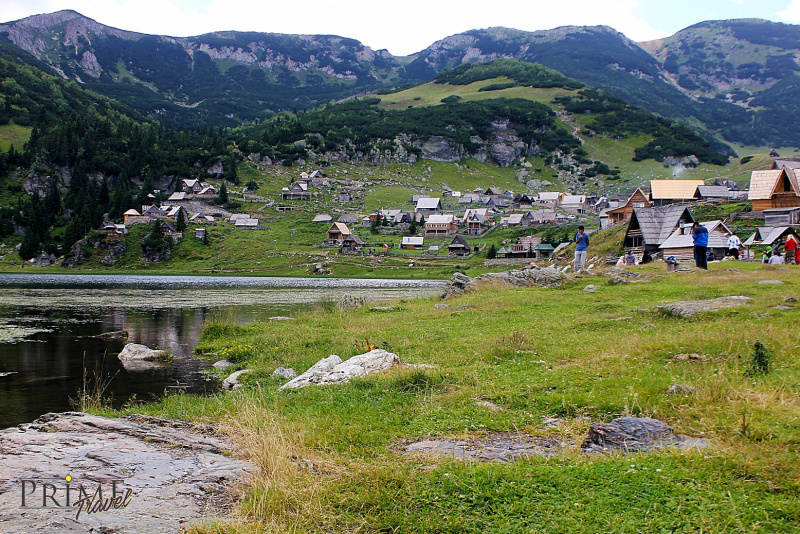
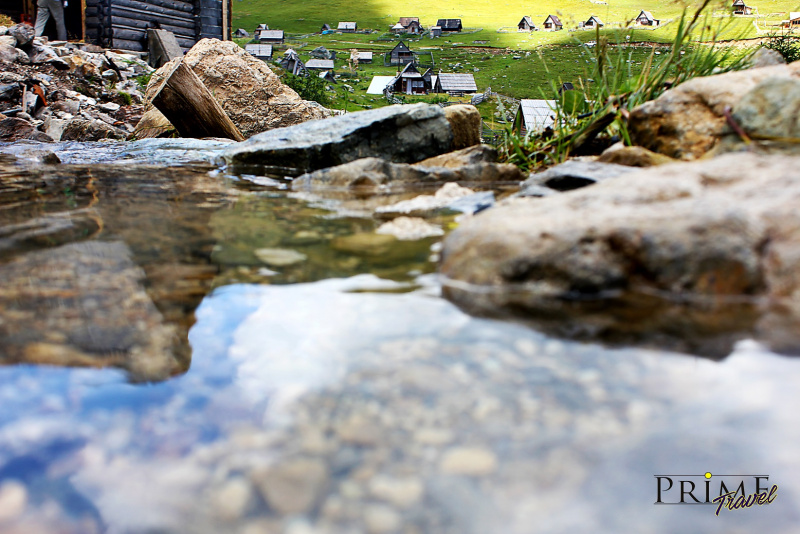
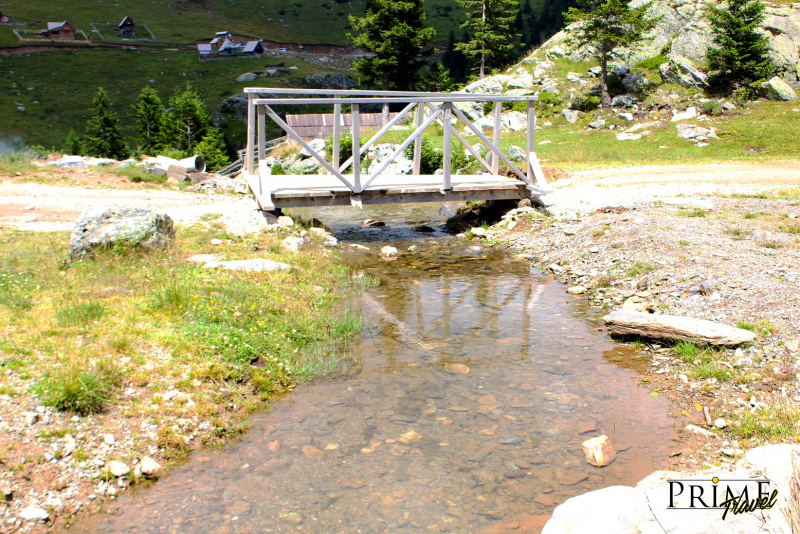
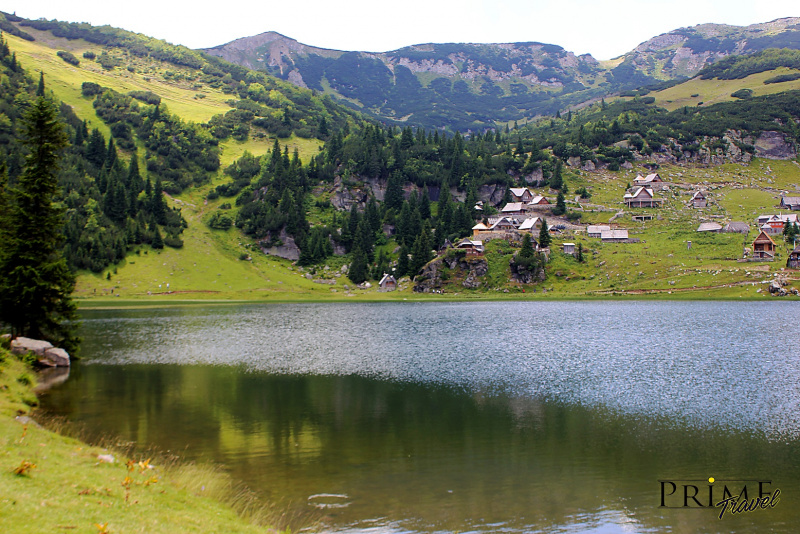
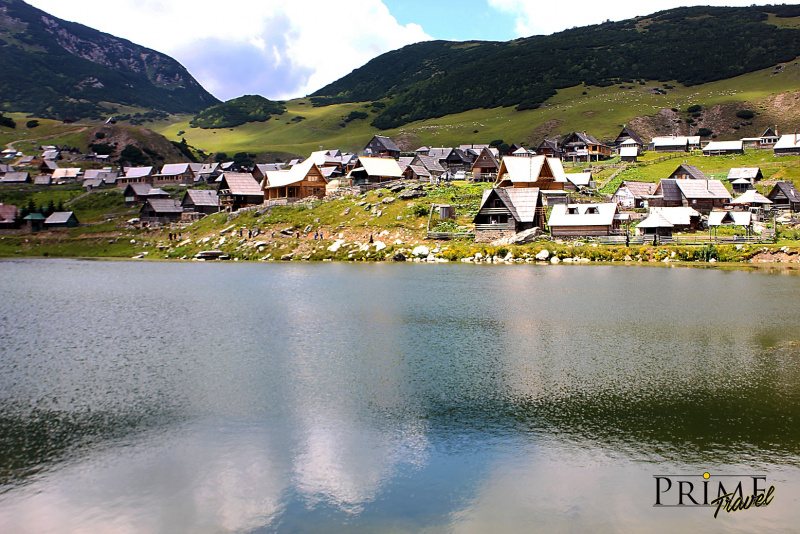
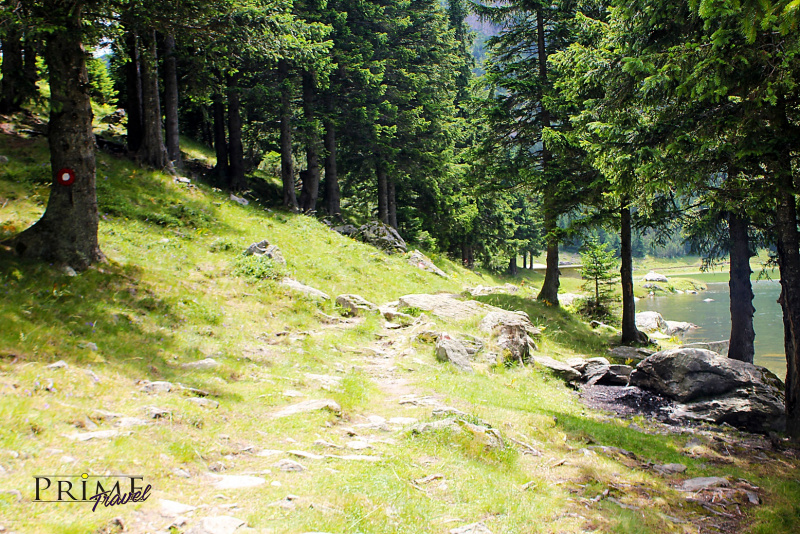
Price: Contact us
Traces of human development in Fojnica area are monitored since ancient times. In the Middle Ages Fojnica is an open market that experienced significant development thanks to the nearby mines.
It was first mentioned on March 18, 1365, when Hans Sasinovic on his and brothers behalf sold two half hole (mining pits) in Fojnica and Ostružnica to two citizens of Dubrovnik. In 1373, a special sasko Council (Curia Teutonicorum) with elements of self-government of citizens who are local residents are mentioned. The organized presence of Sasa and their impact on local authorities shows a developed mining environment, finding and mining and its metallurgical processing (mills and smelter treatment for smelting) on which the local population is engaged, who eventually will completely take over the technique of metal processing.
Great time in the development of Fojnica happens thirty years of the 15th century thanks to the increased exploitation of silver on which is the whole economic upswing based. At that time there formed the most powerful Dubrovnik colony in Bosnia in the period of 1430-1463. (a total of 365 Dubrovnik).
Conquest of Fojnica by the Ottoman Empire was followed in the spring of 1463. Fojnica was found as the second largest town in Bosnia. Greater than Fojnica was only Srebrenica. In the further course the number of inhabitants in Fojnica was decreasing. Under Ottoman rule the village was merged with Visoko nahija, at 17-18. century it was ab-subordinate to Kresevo, and from 1784 to 1865 it became an independent nahija and headquarter of independent Kaza. Mining is an important industry also in the Ottoman period (silver, gold, copper, azure). Besides the existing Catholic a community of Muslims is formed, who edited to the village elements of oriental and Islamic culture (mosque, Tekke, madrasas, khans, caravanserai).
Fojnica and its surroundings during the Austro-Hungarian rule has not experienced economic prosperity as those cities that has engulfed industrialization and new traffic features. Geological research conducted in Bosnia and Herzegovina immediately after the arrival of the Austro-Hungarian didn´t bypass Fojnica. The first analyze of pyrits minning establishes that one ton of ore consist 8-15 grams of gold. It is estimated that the site in Bakovići are profitably for produce, the first concessionaires were the brothers Dosen in 1885.
Along with the activation of mining production begins the exploitation and processing of forest with which the area of Fojnica is extremely rich. However, the traffic isolation prevented any significant processing capacity until after the World War II.
Prokoško lake
Prokoško lake is located on the mountain Vranica and his origin is glacier. Located at 1,636 meters above sea level. The lake still has endemic specimen of amphibian - Triton.
The lake is glacial type and in it flows several streams with pure spring water. In the embrace of the mountain Vranica lies Prokoško Lake, one of the most beautiful and perhaps the most beautiful natural lake in this part of Europe.
Mountain House Jezernica
This is a very cozy house, adapted to the wishes and needs of guests of all ages, 1131 m high above the sea level , which tells enough about the diversity of the natural environment in which it is located. The abundance of water sources around the object which literally takes your breath away, the sound of untouched nature will make the process of awakening in the morning, and sleeping at night pleasant.
Natural sources of water in the most beautiful environment and the decline in the waterfalls, numerous sources of clean drinking water make this place amazing.
Waterfall Kozice
Due to the richness of its natural beauty, Fojnica should be larger inscribed on all tourist maps and a more frequent destination for nature lovers, recreation, mountaineering, hunters, fishermen, because in Fojnica at every turn there is something new, something interesting. Fojnica is a small Bosnian town where you can breathe deeply. Many described Fojnica, but our author and travel writer Alija Isakovic fascinated by the beauty of Fojnica wrote that in this city: „You cannot pass by, you cannot move on, you can only stay. You don´t come here just to come, but for a reason, and they are plenty reasons“
If you come to Fojnica and don´t visit some of the natural jewels of Fojnica, you have missed so much. One of these jewels are the Kozice waterfalls, on which are several stunning waterfalls with a height of 5-20 meters.
Franciscan monastery
The Franciscan monastery in Fojnica is the church and monastery built in Fojnica, in Bosnia and Herzegovina in the 14th century.
The Franciscans have come to Fojnica in the 14th century, built a church and monastery in the northern part of Fojnica - the Pazarnicama. In the early 16th century, the church and the monastery were transferred to the lower slopes of Mount Cross, where they now stand. In a time of great persecution between 1521 and 1524, the monastery and church were destroyed. According to one news, permission to build the church was asked in 1527. At the end of the 16th century 1594th to 1598th year, a new church was built, in that period the monastery was also restored. In 1664 the church and the monastery were destroyed in a fire. The new monastery was built in 1666th to 1668th and the church in 1669. At the end of the 18th century, in 1798, both buildings have been renovated. Again, they renewed in 1830. The construction of the new monastery began in 1863 and ends in 1865.
Construction of the church began in 1884, but it collapsed before its completion, due to unsolid building. After preparations in 1886 begins the construction of a new - the current church, which was completed in 1888. The monastery was renovated in 1913, in 1940 it was partly demolished and on the same place a new one was built. In the remaining part of the monastery from 1863 a library and museum were placed. Through the turbulent history of the Monastery of the Holy Spirit for over 650 years, the monks were able to save a lot of cultural and historical treasure of inestimable value for the country.
The monastery complex (building of the monastery, museum, church, foundation and environment), museum collection, archive and library holdings is a National Monument of Bosnia and Herzegovina.
Tombstones
In the area of Fojnica is a large number of burial grounds with tombstones, which have been preserved to this day. At the site of Ostružnica, was discovered a necropolis with 50 tombstones, of which are 10 crates and 40 plates without decorative motifs. In the village Otigošće was discovered a necropolis with 46 tombstones in a shape of a chest without decorative motifs. Two large tombstones from the site Lužine were moved to the hotel "Reumal", both are in the form of slemenjak, one of it is decorated with a decorative rosette with eight petals. Also, in the village of Dusina there is a tombstone in a shape of a chest, which was badly damaged, inside the city correctly in the harem Secerhans´ garden is one tombstone with exquisite decorative ornaments.
Castel
On the slopes of the mountain Zahor, above the village Rizvi, are the ruins of medieval building Castel, which served Franciscans as a refuge from the Ottomans. It is a cave with several hollowed barrier, in which the Franciscans and Angel Zvizdović took shelter, who had just come down from there in Milodraško field in 1463, where he took ahdnama from Sultan Mehmed II El Fatih. Two brick towers that still exist today, people are calling the White and Black City, according to the folk belief in one of them is an iron gate at the entrance to an underground chamber fullfilled with treasure.
Kozograd
Kozograd (Chossao, COSA) is a fortress located in the present Fojnička municipality. The ruins are located in a wooded and uninhabited area on the slopes of the mountain Matorac. It is mentioned in written sources in a Latin form Chossao or Cosao in the 15th century. Its construction is linked to the strengthening of economic development Fojnica end of the 14th century.
The fort was built on a steep and inaccessible rock. On the south side of the plateau is a hill called the Queen's hill. The side entrance to the fort is carved on the west side. In the saddle of the hill are two deep ditches, over which was a drawbridge. The fortress had two towers and an obor. The fort was built of crushed and sometimes even of processed stone with taking advantage of the configurations terrain.
Kozograd (COSA) was first mentioned on 17 January 1434. in the court summons reached to the Dubrovnik merchants in Bosnia because of the damage that they made during a caravans robbery in Konjic. In addition to others the coart summons was forwarded to Vukoslav Kopilic for who is thought that he stayed in Kozograd. According to the tradition in Kozograd stayed the queen Katarina Kosača in 1463 and from there she escaped from the Ottomans.
Musafirhana
The oldest preserved building of public interest in Fojnica is certainly musafirhana, also known by the name Salihagić house. It is made in the second half of the 16th century. In this musafirhana were created and preserved until today two handwritten copies of the Qur'an from 1615 and 1648. One of the copy, written in 1648, is still in Fojnica, while the other one was found in Dubrovnik after World War II. When in May 1945 Fojnica caught a large fire, the fire reached the musafirhana and stood there, then the fire withdrew and extinguished.
Salihagić musafirhana in Fojnica was protected by the state since 1945. From the 19th century until 2009 musafirhana was under the property of the family Salihagić. In mid-2009 musafirhana bought a wealthy businessman from Fojnica, and he immediately started with the restoration of the building.
Ahdnama
Ahdnama Sultan Mehmed II el Fatih is located in Fojnica, that is a written guarantee to the population of Fojnica, which guarantees that the folk will have all personal and property rights and freedom. Ahdnama was written on 28 May 1463 in Milodraž. It is known as the oldest document for human rights in history, 326 years before the French Revolution in 1789 and 485 years before the International Declaration of Human Rights in 1948. The original text of ahdnama, which is still kept in the museum of the Franciscan monastery in Fojnica, as reads as follows:
I, the Sultan Mehmet-Khan inform all the world that the ones who possess this Imperial Edict, the Bosnian Franciscans, have got into my good graces, so I command: Let nobody bother or disturb those who are mentioned, not their churches. Let them dwell in peace in my Empire. And let those who have become refugees be and safe. Letthem return and let them settle down their monasteries without fear in all the countries of my Empire. Neither my Royal Highness, nor my vizires or employees, nor my servants, nor any of the citizens of my Empire shall insultor disturb them. Let nobody attack insult or endanger neither their life or their propertyor the property of their church. Even if they bring somebody from abroad into my country,they are allowed to do so.
As, thus, I have graciously issued this Imperial Edict, hereby take my great oath.
In the name of the Creator of the Earth and Heaven, the one who feeds all creatures,and in the name of the seven Musafs and our great Messenger, and in the name of the sword I put, nobody shall do contrary to what has been written, as long as they are obedient and faithful to my Command.
Tekke on Oglavak
Tekke was founded in 1798 in the village Oglavak. Its founders were Husein-baba Zukić and Sheikh Abdurrahman Sirrija, who became the first Sheikh of Tekke. After the death of Sirrija, over his grave at Oglavak was built a tomb, based on the desire and directive of his admirer Herzegovinian Vizier Ali Pasha Rizvanbegović. A few hundred meters east from the Tekke and tomb of Shaikh Sirrija there is the tomb of Shaikh Hussein Horasanije, adviser of Sultan Mehmed El Fatih, who died or was killed there. During the aggression on Bosnia and Herzegovina in 1993 Tekke Oglavak was burned, but after the war she was again restored and put into operation.
Tekke in Vukeljići
It was founded in 1780, and made by Sheikh Hussein Baba Zukić, which also says the inscription on the right side of the main entrance to this building, which reads:
This Sufi tekke was built by the science teacher of section and order servant of Naqshbandiyyah, spiritual teacher and guide, Sheikh Hussein Zukić Bosnjak 1780-81. year.
Naqshbandiyyah Tekke
This special tekke building was created after the construction of mosque, in the second half of the 17th century, probably at the instigation of the founder of the mosque, kadi, Shaban Ahmed Effendi. It could have happened around 1670, because there is no exact date. The first known man whose name is related to the tekke in Fojnica was Husein-baba Zukić, who after the schooling came back in Fojnica and began to service in the first madrasa, and then in the tekke. He intro ducts the Naqshbandiyya dhikr in Tekke , which she remained faithful until the end of its work. Tekke buildings in Fojnica stayed there until the fire in 1945 which happened on the west side of the mosque cemetery.